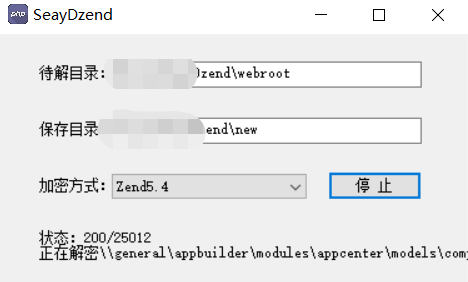What the claim of type http://schemas.xmlsoap.org/ws/2005/05/identity/claims/nameidentifier should be used for?
This is the main question, and here are additional ones.
How does it differ from http://schemas.xmlsoap.org/ws/2005/05/identity/claims/name claim?
Is it permanent for particular user as opposed to name claim?
Is it globally-scoped or IdP-scoped?
Name, is just that a name. If we're talking person, think "Eric"; a server "file01".
A NameIdentifier is the ID for an object. Turning back to our person object, Eric's UserID might be 435 in your database. For the server the Identifier could be something like a FQDN or a SID.
According to this post, apparently Name Identifier was a SAML 1.1 property, and is being supplanted by NameID in SAML 2.0.
Unique or Not?
I wanted to address @Jason's comment and @nzpcmad's post. I don't see uniqueness as a clear cut requirement. The question is tagged adfs2.0 but the schema referenced is owned by OASIS. So those are the two parties interpretations we need to balance.
Microsoft's stance for ADFS is clearly that there is a unique requirement. We see that in the "The Role of Claims" article. No doubt ADFS casts a big shadow, but this seems like an implementation detail.
Looking at the SAML 1.1 spec, however, I see no such assertion. The closest we get in section 2.4.2.2 of spec is:
The element specifies a subject by a combination of a
name qualifier, a name, and a format. The element has
the following attributes:
...
NameQualifier[optional] The security or administrative domain that
qualifies the name of the subject. This attribute provides a means
to federate names from disparate user stores without collision.
The text of the spec tells me that I need to be able to find a person using a combination of the three attributes, but it makes no assertion as to uniqueness. Couldn't I have two entries that point to the same user? Seems so. Moreover, wouldn't' the spec indicate the NameQualifier attribute was required in cases where NameIdentifier was insufficient to uniquely identify the name?
So what's this all lead to?
- Be careful, unqiue is likely safer.
- Dig into your providers stance on the topic.
Per The Role of Claims,
Name
The unique name of the user
Name Identifier
The SAML name identifier of the user
These two claims are part of the group of claims that AD FS 2.0 configures by default.
This implies that they are IP scoped.
e.g. when you log in to Google using ACS, "nameidentifier" is the unique GUID associated with your account by Google whereas name is your Google login e.g. "tim.smith@gmail.com".
ClaimTypes.Name is for UserName and ClaimTypes.NameIdentifier specifies identity of the user. If you add them in ClaimIdentity object that provides you to reach User.Identity methods which are GetUserName() and GetUserId().
The nameidentifier claim should be used for getting a unique user name.
For Windows Authentication:
http://schemas.xmlsoap.org/ws/2005/05/identity/claims/nameidentifier domain\warlock
http://schemas.xmlsoap.org/ws/2005/05/identity/claims/name 0#.w|domain\warlock
domain\warlock is a Windows Login name
For Claims Based Authentiacation:
http://schemas.xmlsoap.org/ws/2005/05/identity/claims/nameidentifier warlock@localhost.com
http://schemas.xmlsoap.org/ws/2005/05/identity/claims/name 05.t|myidentityprovider|warlock@localhost.com
email was specified as the Identifier Claim
As you can see .../identity/claims/name describes name and identity provider as well.


